The Gear Our Editors Loved in October
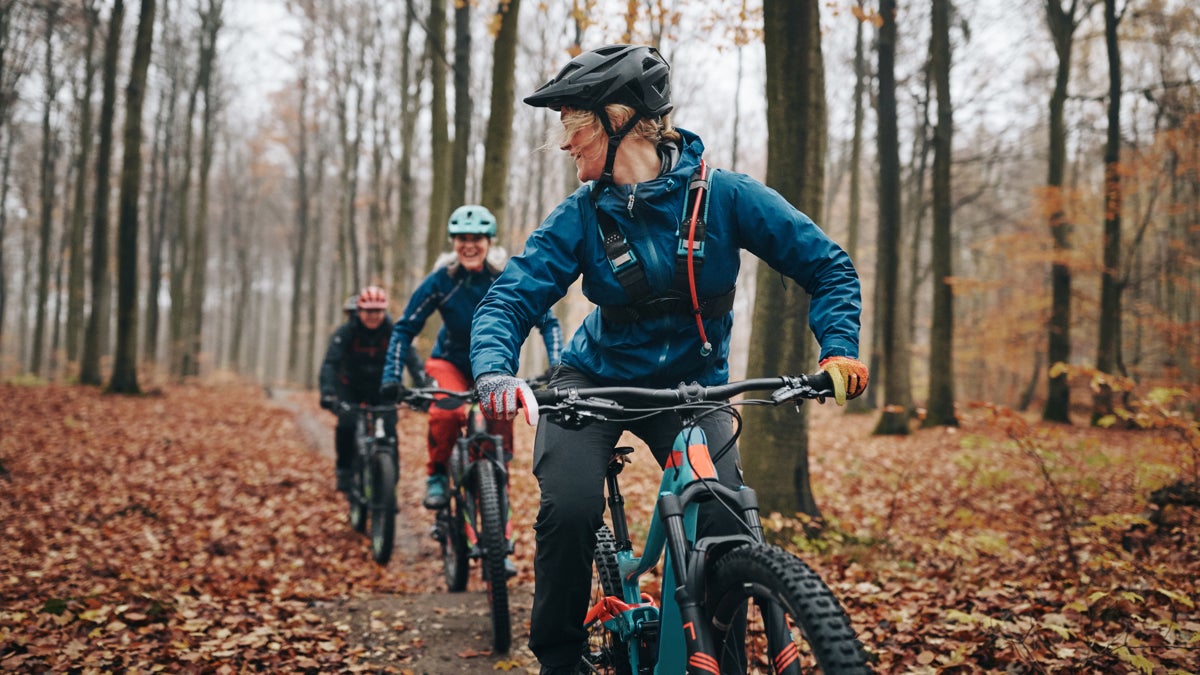
If September is the most glorious month of the year, October might be the most underrated: the crowds are gone, and the creep of winter starts to feel real. It’s the time to have your last dry hurrahs in the mountains and soak up any warmth that remains before the cold really starts to set in. Here’s what we’ve used to make the most of this season.
Cat Stormers 6-Inch Unisex Boot ($120)
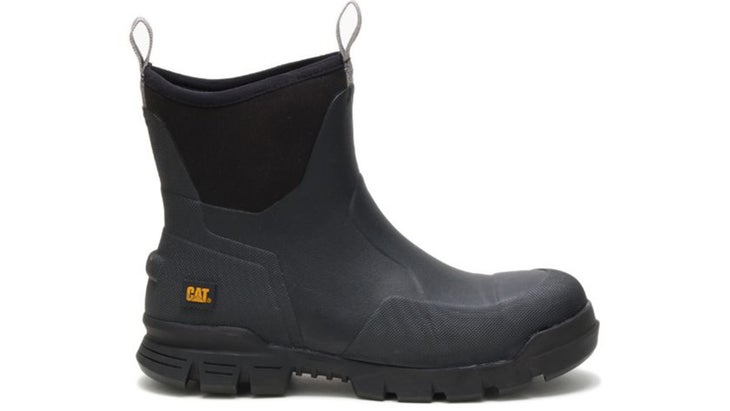
Most slip-on boots aren’t aggressive enough. They might be sufficient to run and grab your newspaper when it’s raining but tend to lack tread and all-day comfort, which means they suck to hike in. Over the past two years, these Cats have proven to be a Goldilocks option—they go on easily enough that you can do it without your hands, yet stay on securely enough that you can walk in them extensively. A chunky sole provides solid footing even in slick mud, and the footbed offers ample support. The six-inch height won’t replace a real rubber boot, but they’re just the thing for kicking around camp or walking the dogs. I like them so much that I just bought a second pair to keep at my cabin. —Wes Siler, contributing editor
Altra Lone Peak All-Weather Mid Boots ($170)
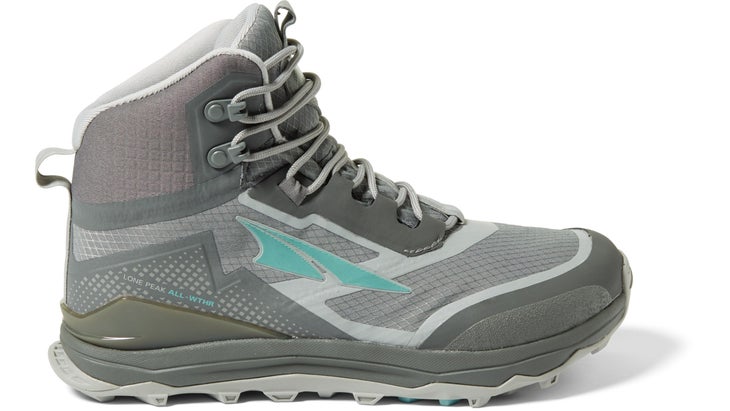
Last month I spent several days tracking elk off-trail through mud and snow in my Altra Lone Peak All-Weather Mids. I rarely want a proper, stiff hiker, but when weather calls for something just a little beefier than a trail runner, these are my go-tos. They’re flexible, lightweight, and comfortable, with a higher rise and weather-resistant construction to offer some protection from the elements without being overbuilt. The lightweight design made these ideal for stepping quietly and deliberately while picking my way through deadfall. The lugged sole held its grip on slick logs during precarious creek crossings, and the tough, water-resistant materials kept my feet dry even while moving through marshes and mud puddles. —Abigail Barronian, associate editor
Nomadix Original Towel ($40)
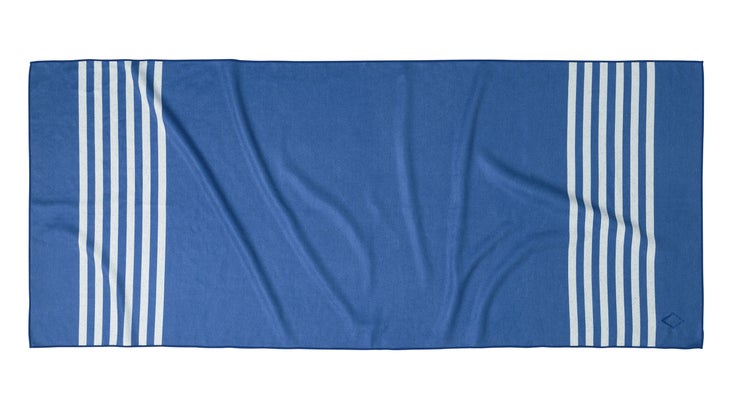
My recent move to the California coast has inspired me to join the ranks of people enjoying daily trips to the beach—though the high surf, storms, and cold water all common in October made it hard to stay motivated. The antidote has been the cozy, functional Nomadix Original towel. It’s lightweight even after drying off, flicks sand away with a few shakes, and delivers warmth and butter-soft comfort, a solid blend of what you want and what you need after a hard swim. What’s best, though, is how fast it dries; it’s often the first part of my kit to come off the clothesline. —Kevin Johnson, editorial fellow
Speedland SL:PDX Trail Shoe ($375)
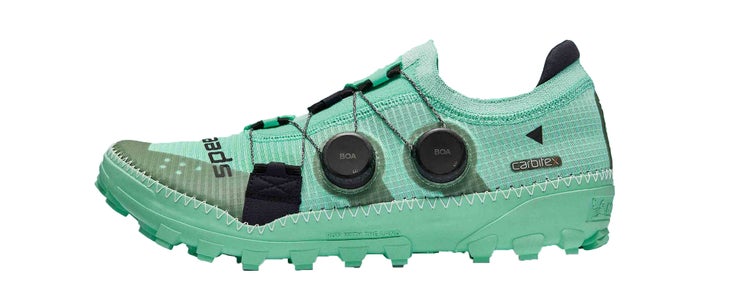
My taste in running gear usually trends toward minimalist, both in function and design. Ask my advice on shoes, and nine times out of ten I’ll point you to a moderately priced, simple, neutral workhorse that gets the job done. So I’m a bit embarrassed to admit that the shoe I’ve reached for most often lately when I’m heading off-road costs almost $400 and is festooned with futuristic-looking dials and gimmicky instructions on customizing the sole. It isn’t the gimmicks that make these shoes shine, however, but the premium materials and technology. They are, quite simply, the most comfortable, best-fitting trail shoes I’ve ever worn. Two elements in particular stand out: Speedland put a layer of soft and responsive Pebax foam directly underfoot, where it cushions the contours of your sole before providing a lively, carbon-plate-enhanced bounce-back effect. And the dual Boa fit system is quickly and easily adjustable, a feature I’ve fallen in love with for dialing in a precise, custom fit for each kind of terrain, each pace, even each part of the run. —Jonathan Beverly, senior running editor
Juliana Furtado R-Kit ($4,799)
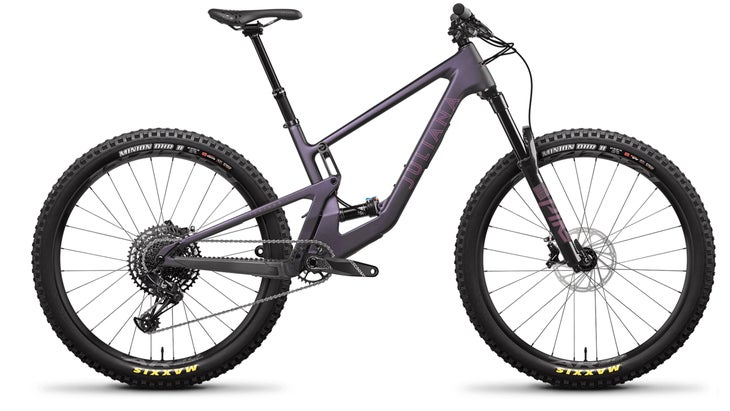
I’ve been researching the mountain-bike market for months (OK, years), and I finally pulled the trigger on the Juliana Furtado just in time for some crisp fall riding. She’s fast, nimble, and maneuverable as hell—just what I needed to gain confidence on tight switchbacks and techy singletrack. I’ve already nabbed sections of my go-to route that I didn’t even bother attempting before. Plus, the relaxed 65-degree headtube angle helps me feel way more stable on steep terrain, since I’m going faster than I used to. When I was considering my options, I was most skeptical about the 27.5-inch tires, because I also wanted a bike that was efficient and could roll over anything, but so far I’ve had no problems on the gnarlier rock gardens. I’m stoked to test out this bike on new trails come spring and see how it handles on the gravelly fire roads back home in Marin County, California, too. —Kelly Klein, associate editor
Carhartt Sherpa Beanie ($25)
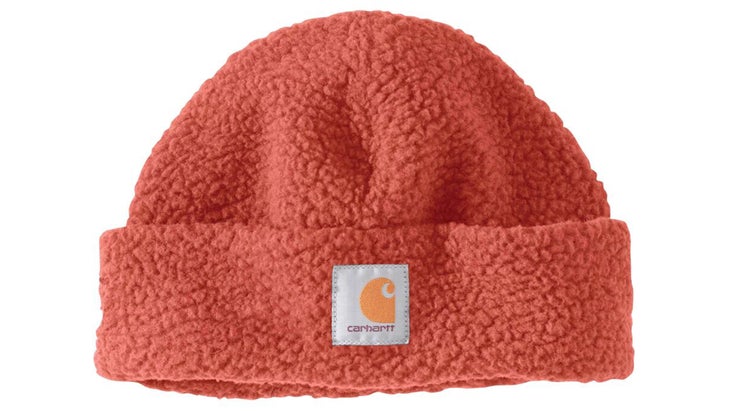
This beanie is on another level. My head has never been so cozy, warm, and seasonably stylish at the same time. The fleece is soft, stretchy, and doesn’t squeeze or scratch my head like some other hats do. You can wear it higher up on your noggin like the cool kids do (or if you don’t want the full-on warmth), but if you pull it down below your ears, prepare for comfy heaven. I even bought one for my sister in another color. —K.K.
Kuiu Attack Pant ($140)
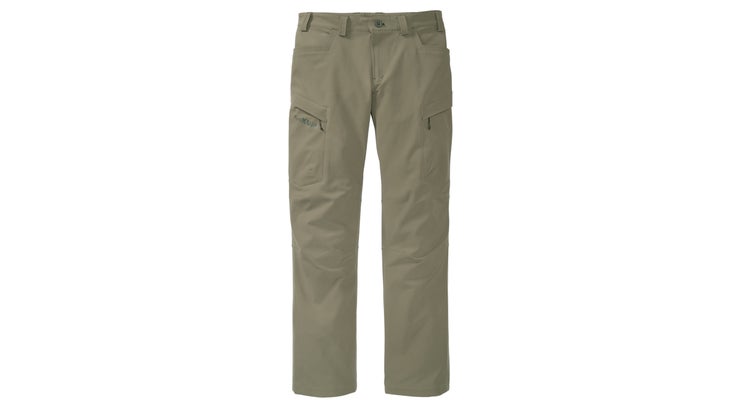
Many hunts involve an enormous amount of walking, and usually quite a bit of bushwhacking, so it’s no surprise that a hunting company makes my new favorite hiking pants. The Attack rose to the top of my list because it’s chock-full of useful features, looks great, and is made from a premium polyester fabric that impresses me time and again. That fabric, Toray Primeflex, is a spiral synthetic yarn that creates ample stretch and durability but resists water more efficiently than something like spandex (a fabric some companies use to create stretch). Thanks to its qualities, these medium-thick pants are not only ultra comfy on all-day jaunts but they’ve stood up to thorny rose-hip bushes on a long scramble and dried surprisingly fast after I forded a knee-deep river. Mesh-lined vents on the thighs regulated heat on a day when temperatures varied between 40 and 80 degrees, while the slim but forgiving cut is just roomy enough to accommodate long underwear underneath once temperatures really drop. —Jakob Schiller, contributing writer
Benchmade 533BK-2 Mini Bugout Knife ($160)
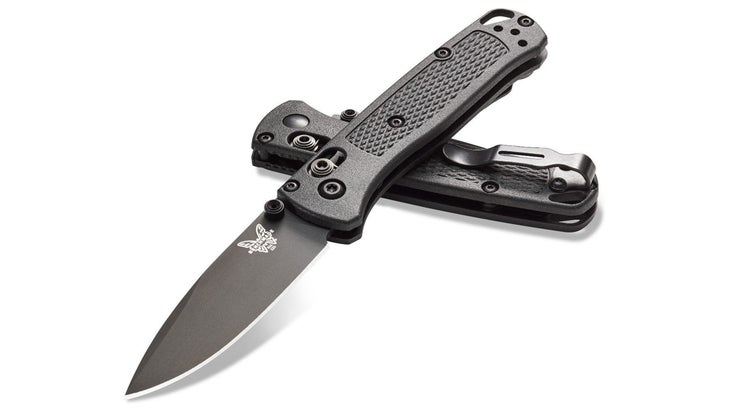
I’ve tested dozens of everyday-carry knives but pretty much stopped once I found the Mini Bugout. That’s because it strikes the perfect balance for what I, and most people, need. At just 1.5 ounces, and 3.7 inches long when folded, it disappears in my pocket but comes with a ton of high-end features that make it reliable and useful, namely a 2.82-inch premium stainless-steel blade. This blade is big enough for normal tasks around the house, as well as for camping activities like slicing through rope and branches; it maintains a consistently keen edge but is also a cinch to sharpen, even for those of us who aren’t knife experts; and the handle is made from a polymer with inserted carbon-fiber fragments, so it’s light and stiff but never feels flimsy in my hand. I think Benchmade has set the bar for a top-notch and pretty affordable EDC knife. —J.S.
Arc’teryx Motus AR Hoody ($99)
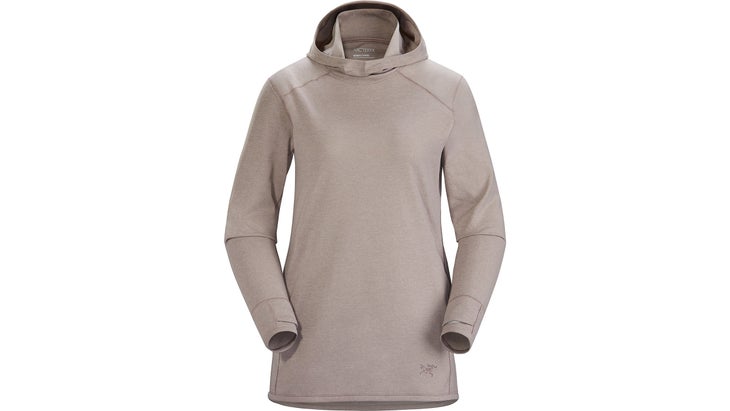
I measure fall in two stages: the first half, when it’s warm enough to run in shorts and long sleeves, and the second half, when it’s too cold for bare legs but not cold enough for real insulated attire. I live for that first time of year, and endure the second. As soon as temperatures dip below 50 degrees in the morning, I start reaching for my winter running jacket, even though I know I’ll regret wearing it after 15 minutes. Half the time, I overdress. The other half, I return home with frozen hands. At least that’s what used to happen, before I started wearing the Arc’teryx Motus AR. It’s a simple piece: just lightweight brushed polyester with thumb loops and a hood. But it’s the perfect in-between layer for outings when a long-sleeved shirt isn’t enough and an insulated jacket is too much. Features include a close-fitting hood and a built-in neck gaiter that I can stretch up to my nose. The soft (but not lofted) lining is just the right level of cozy to trick me out of opting for something warmer. But the material is also thin and breathable, which keeps me happy all the way through my last set of intervals. In the early-to-mid fall, I wear it over a T-shirt. When temperatures drop below 45, I wear it over something with long sleeves. On days in the teens, I use it as a long-sleeved shirt under my lightly insulated jacket. —Ariella Gintzler, senior editor
Anker Power Core II Slim Power Bank ($40)
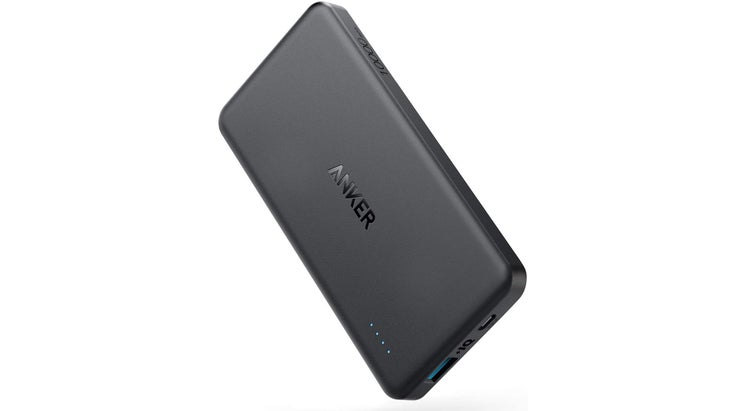
I live in the Bay Area, where the end of October brought a record-breaking storm—and a two-day power outage in my neighborhood. The experience made me very grateful for my portable Anker charger, which I purchased a few years ago and have been using for travel and emergencies ever since. It’s a sleek, compact device about the size of my hand and comes with a convenient mesh carrying case. There are a lot of portable phone chargers out there, but I’ve always favored Anker products because they seem to charge faster than other similar devices. And, as advertised, this one can fully power up an iPhone X at least twice. —Sophie Murguia, associate editor
Brooks Momentum Thermal Pants ($95)
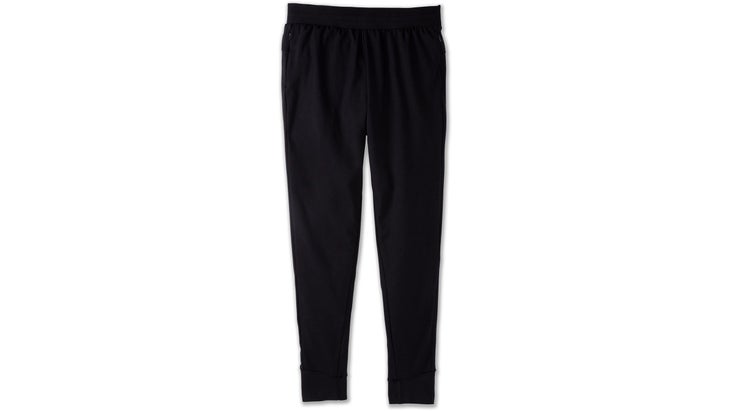
One of the joys of working from home during the pandemic have been my daily walks. And now, heading into my second fall-to-winter transition, I have a go-to outfit for any strolling weather. It mostly involves adding or subtracting a layer on top, but the bottom is constant: the Momentum Thermal pants from Brooks. These unassuming black joggers are lined with a soft, thermal fleece that keeps my legs warm through wind and cold, and the stretchy elastic waistband never squeezes. Plus, they’re stylish enough to wear on quick trips to the office or during a coffee run. —Kelsey Lindsey, senior editor
Coros Pace 2 Running Watch ($250)
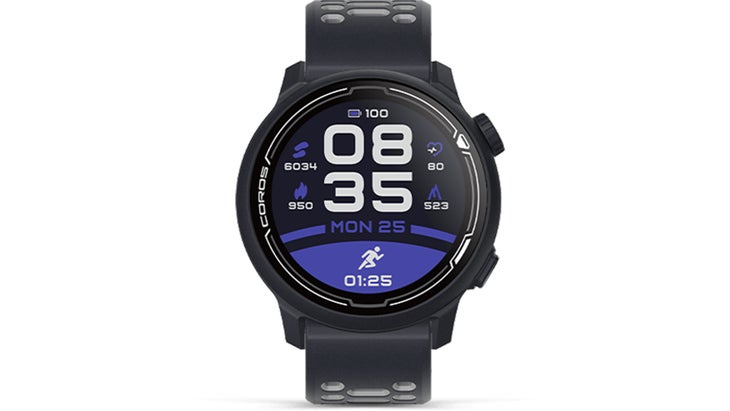
I’ve been long overdue for a running-watch upgrade, and for the past two months I’ve been training with the Coros Pace 2. It’s by far the best GPS watch I’ve ever tried, largely thanks to its simplicity and insanely long battery life. It’s also super lightweight (starting at just over an ounce) and costs a lot less than most comparable tracking watches from other brands. My time testing the Pace 2 corresponded with the end of my training block for this year’s Boston Marathon, so I got to try it out on long runs, workouts, a ten-mile tune-up race, and the marathon itself. With other watches, I’ve been overwhelmed by features I never use, disappointed by inaccurate GPS data, or frustrated by the battery, which might run out of juice at the end of a 20-miler. But the interface of the Pace 2 is intuitive, and you can personalize the info on the screen so you see the metrics you care about. And the battery life is fantastic—I now regularly wear it for several days of running in a row without thinking about the level. (I started the marathon on a full charge and still had over 90 percent battery left at the finish.) Here is where I should tell you the downsides of the watch, but honestly, I’ve got nothing. I’d highly recommend it for casual and serious runners alike. —Molly Mirhashem, digital deputy editor
Speedo Hydrocity Goggles ($15)
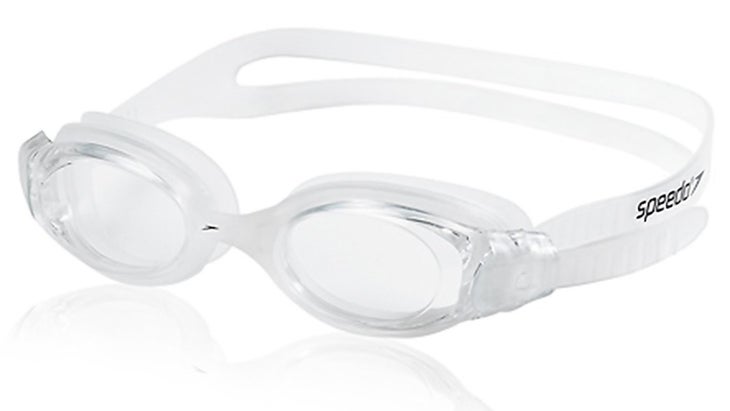
Indoor swimmers, don’t make the mistake of buying tinted goggles. I recently lost my favorite pair with clear lenses and thoughtlessly picked up some dark replacements on the fly the other day, which I regretted as soon as I submerged myself in my lap lane. Everything was darker underwater; I immediately felt glum. After 15 minutes, I pushed them up to my cap and just used the kickboard, so I could the natural light flooding in from the pool’s windows. When I got home, I went on a web search for my old standby—the Speedo Hydrocity. I love the soft frames, its anti-fog powers, and the fact that I can easily adjust for tightness by yanking the straps on each side. The only trade-off is that if I lose them again in the water, they’re nearly impossible to find on the floor of the pool. But for indoor swimming, there’s no substitute. —Tasha Zemke, copy editor
DeFeet Slipstream Cycling Shoe Covers ($25)
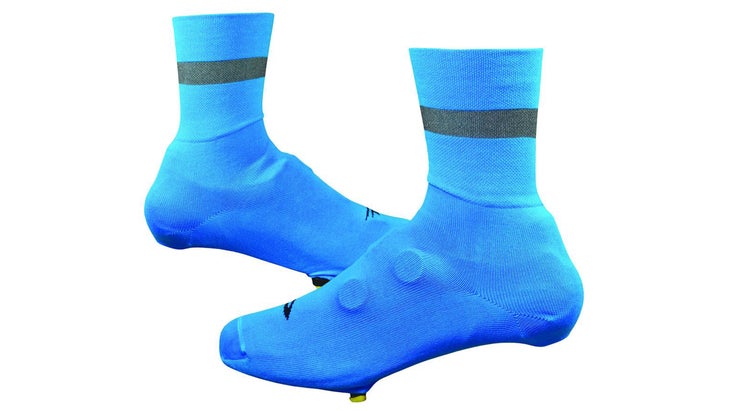
Whenever temperatures drop, I sift through my drawer of cycling gear to find my DeFeet Slipstream shoe covers. After 20 years of riding, I have yet to find a better way to keep my toes toasty. Why? The nylon Slipstreams simply stretch over your shoes—there are no cumbersome buckles, zippers, or Velcro straps to navigate or break. They breathe when temperatures rise and block wind when they drop, so you won’t overheat on the climb and then freeze on the descent. And for forgetful cyclists like myself, Slipstreams are easy to match. Should you lose one, simply replace it with a sock of the same color, pull it over your shoes, and you have a mate. While I still use neoprene booties when it’s wet or below freezing, the Slipstreams are my preferred cover for most of my cool-weather rides. —Frederick Dreier, articles editor
The post The Gear Our Editors Loved in October appeared first on Outside Online.
